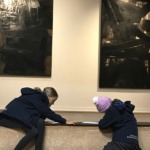WHAT IS FOREST SCHOOL?
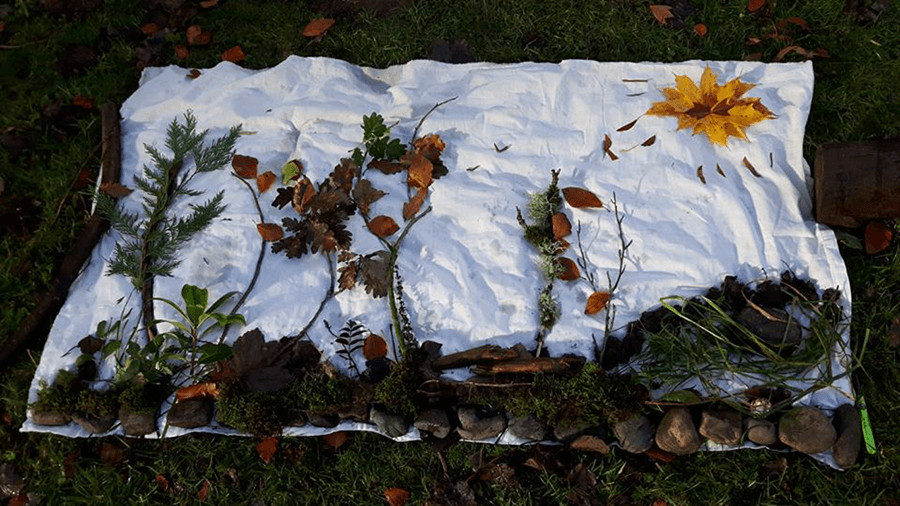
The first thing I was thinking during my conversation with Pam Gawith was – Wow, I wish they had the Forest School when I was growing up!
But, before we get into that.
WHAT IS THE FOREST SCHOOL?
To help understand the Forest School concept better, I organised an interview with Pam. She is one of the qualified Forest School teachers or practitioners at the Lemania International School in Verbier (LVIS), Switzerland. She’s currently involved in helping LVIS launch this new and exciting program generally aimed at Foundation Stage 1 (FS1) and Foundation Stage 2 (FS2) aged youngsters. For those of you not familiar with what age that is, like me, the ages between 3 and 5 years old. Pre-school, kindergarten, creche, that sort of age. Really little guys.
Imagine a school where the little ones throw on a pair of wellies, a rain smock, and head out and do their school day in the forest. It’s basically experiential learning at its best. Pam describes an example day, although it sounds like by design no two days are the same.
“They make fires and can cook in the class if the teacher feels up to it and the children want for that day’s lesson. They can climb trees, and jump in mud puddles if they want. Another example of a day could be finding pine cones and talking about what they do, and how they help trees reproduce. Then, you might take those pine cones and make them into an owl, or use them in a counting lesson, or even a French/English lesson.”
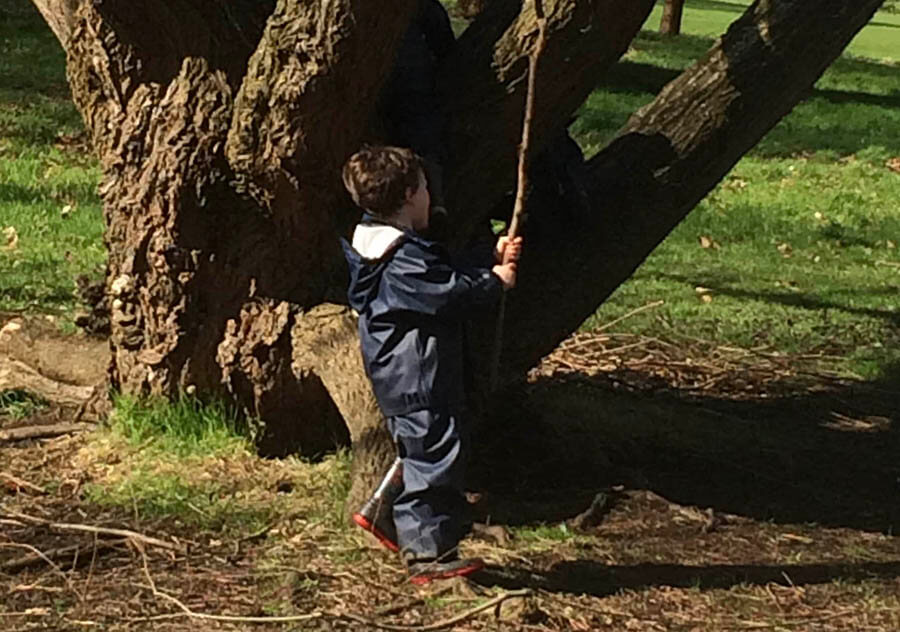
Of course, safety is of top concern but the children are taught to use their own common sense when it comes to what is safe or not. If they are climbing a tree and they start leaving their comfort zone, the teacher watching will guide them through their decision-making process while also making sure the children are safe and in no way could get hurt.
This may make some overprotective parents shudder but as Pam explains, “Really, children have been playing outside for thousands of years. It’s the way they learn about their natural environment, and this is core to the ethos of the Forest School concept. It just works.”
While the teachers may have a loose plan when they head into the forest for that day’s session, the children are encouraged to lead the lesson. If for example while walking through the woods the group see a fox, the teacher may pivot and start giving a lesson about wildlife in the area.
Another lesson could be about how the leaves change during the Autumn, the children could collect the leaves and this could be turned into a maths lesson or an art project as they take the leaves back to the class and incorporate them into a piece of art.
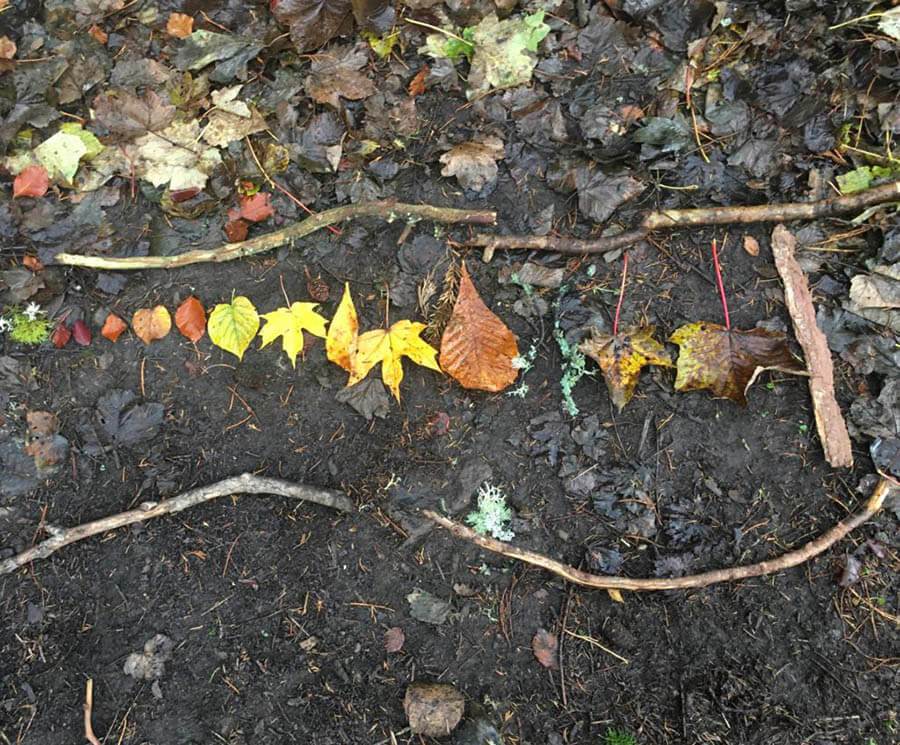
Recently or maybe all the time, I had been thinking about how prevalent iPhones, iPads, TV’s and all the other digital devices are in my own children’s lives these days. Yes, in today’s age of digital natives the forest school sounds like an essential educational tool for all youngsters. Digital devices are far too prevalent, we’ve all seen examples of this too. The 2-year-old sitting at a restaurant watching an iPad while the family is eating together. For better or worse, these devices are everywhere in children’s lives. However, as the parents know, it wasn’t always like that. We all remember growing up being outside nearly all the time. Video games? What were those? Computers were some ugly, plastic boxes that scientists or academics used, not us.
The thought of getting the children outside in this day and age sounds glorious.
So tell me, why have I never heard of this? I asked Pam. Why aren’t all parents clamouring for this? It sounds brilliant.
Well, the northern Europeans have definitely heard of it. The Forest School concept originated in Scandinavia. The approach to young education was widely adopted in Denmark in the 1980’s as a solution to the lack of indoor facilities for preschool children.
The idea is basically poverty proof too, meaning that any town can incorporate the idea as no classrooms are needed, only a nearby forest or park. By the early ‘90s a group of education specialists and lecturers visited some Forest Schools in Sweden and witnessed the benefits, soon the idea started to take off all around northern Europe. Due to some recent publicity in the UK, the concept is also starting to gain popularity. A quick Google search for the term Forest School has the Guardian with quite a few articles going back since at least the early 2000’s.
When will this program start at LVIS?
“Well, basically, we are getting it going now. We have Celine who is actually just coming back from her leadership program in the UK. Once she’s brings back all of her knowledge, we’ll be rolling out the program. The program is bilingual and can go all year long. We’ve already been doing some sessions with the children now and it’s been met with tremendous success. Both with the parents and children.”
The vision for LVIS is for the younger children to go out twice a week, and will be certain days of the week. There are some things that the children will need, like extra uniforms that would be required, outdoor wellington boots, perhaps a warmer jacket or rain jacket. It will probably be set days per week,” Pam explains.
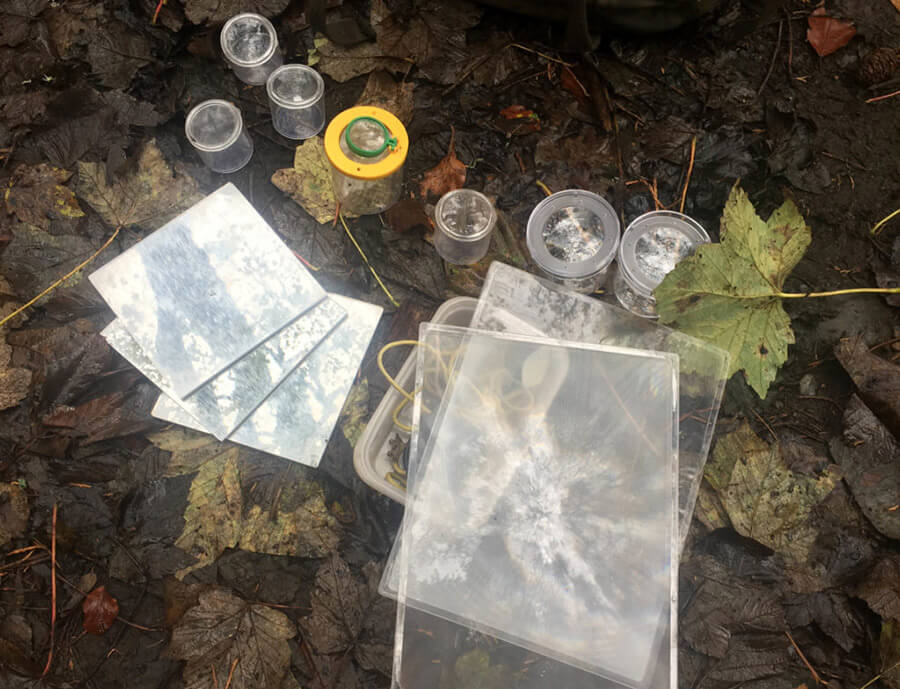
SOME ESSENTIAL FOREST SCHOOL SUPPLIES
Currently, there are 4 teachers at LVIS that have their certifications including one leader certification. In Switzerland, there are no qualifications necessary, but LVIS has these in place.
As far as Pam knows, “we are one of the only Forest Schools in Switzerland that has fully qualified forest school practitioners, so it’s quite a big deal.”
Having your young children take part in LVIS forest school is perfect if you’re in London and want to take a year off or so in Switzerland. The length of time you keep your child in the program is open, so it doesn’t have to be a full year but needs to be at least a full semester. Each session should be slightly different. As you can imagine, in Verbier you can basically pick a direction and you’ll find a new patch of forest to explore. For example, in the winter we obviously wouldn’t take the children up near the mountain or expose them to any dangerous avalanche-like terrain. On those days, we can simply load up the school van and have a lesson down in the valley where the temperature can be as much as 10 degrees warmer.
So, how can you as a parent find out more about getting your young children involved in one of Switzerland’s leading Forest School programs? Currently, the only way to have your young ones take part in this exciting program is by enrolling at LVIS. To find out more information about this contact us at the school by hitting the Apply Now button just below this page. If you’re already enrolled, or live in Verbier, just email us at the school (info@lvis.ch) and we will be happy to provide more information.
Help join us in educating our children about the beautiful world we all live in, and what better place to do that than in the stunning Swiss Alps around Verbier.

